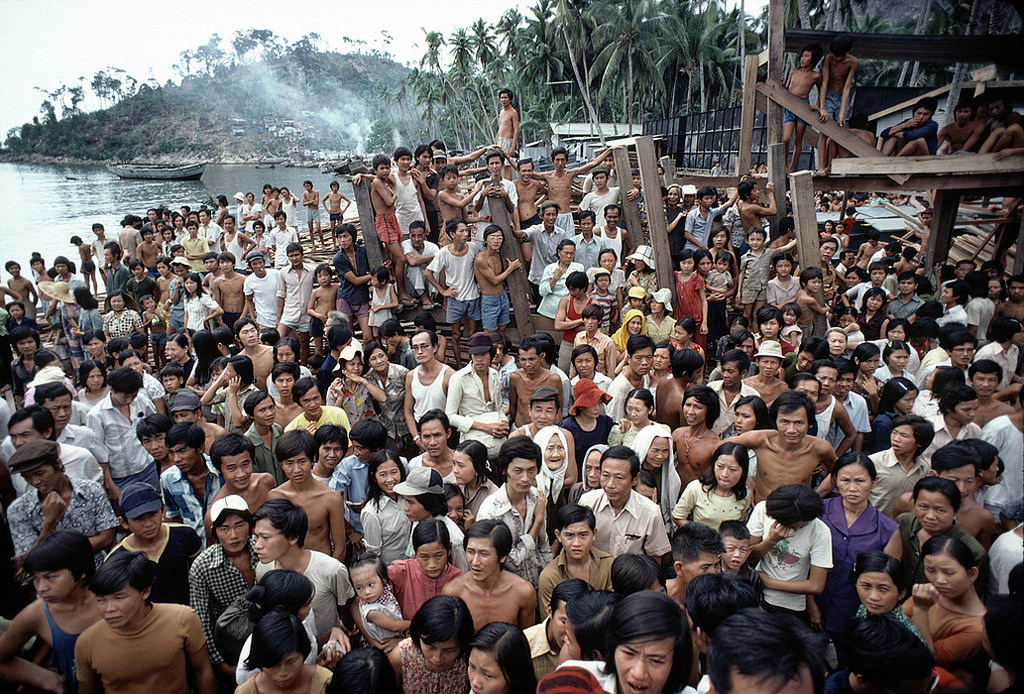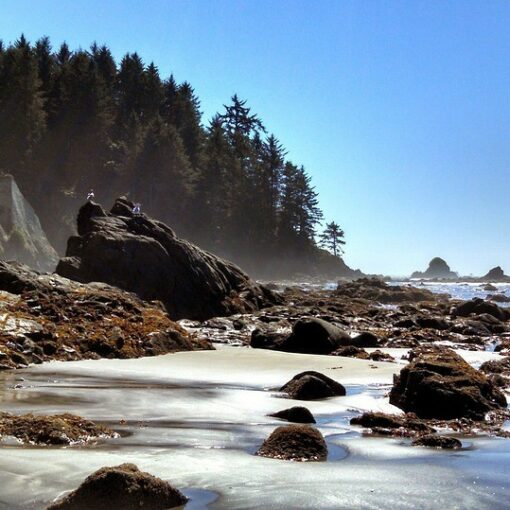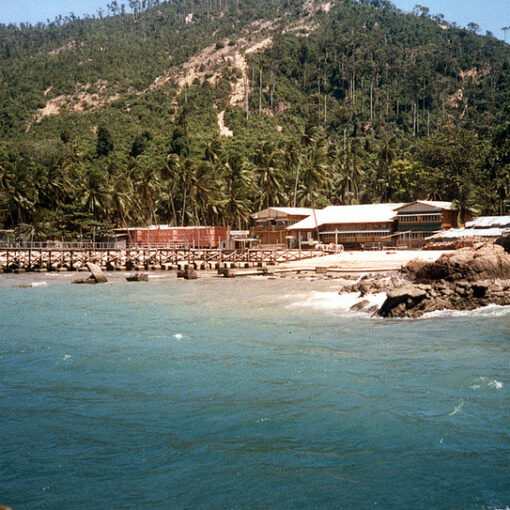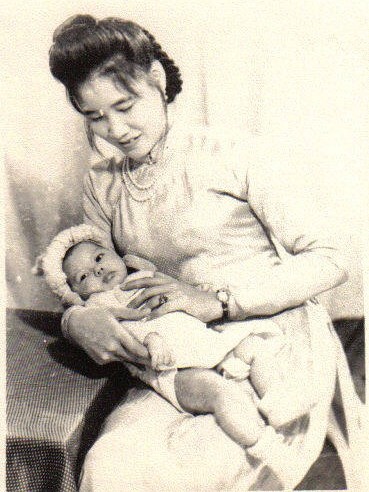Before midnight every night, Anh Huy witnessed my dad’s nightly routine. My dad diligently carried the four younger siblings one by one on his back to the bathroom so they won’t have an accident in bed.
Some nights he was a little late with one child, the bed would be soaked with urination by the time he returned. The only thing my dad could do was to wipe and drain the urination the best that he could. We all went back to sleep with no complaints.
Anh Huy met friends and they taught him how to fish. Both of my cousins would often go fishing and bring home fish for dinner. Any Huy also taught us how to swim. We learned how to swim doggy paddle and breaststrokes froggy style. We had a lot of fun.
Every other week, there were people bringing Ramon noodles and rice from the mainland. When we arrived on Pulau Bi dong, there was only 1 well to serve 1000 refugees. The well did not hold much water. By sunrise, the water would be totally depleted. People would have to wait for more water to rise by nightfall.
Early every morning at dawn from 4 to 5 am, Anh Huy, watched my mom carry several buckets over to the well and stood in line to scoop for water from the well before the water would be used up by others. Several months later more wells were built to serve the growing community of refugees.
In the beginning, there were no bathrooms. Everyone went to the bathroom everywhere indiscriminately. We used leaves to wipe our butts. Even when the outhouse was built, it was always filthy so no one wanted to go the outhouse. Instead, people went everywhere else.

Five months later, the number of refugees grew 30x greater. Before we left the island, the total estimated refugees were 30,000 people. Because the population increased so quickly, everything was unorganized and chaotic. The island degraded from a beautiful pristine untouched to a smelly and crowded place.
After we left, the living condition improved much more. Thankfully, the Malaysian government, Malaysian Red Crescent Society (MRCS), UNHCR, and other relief agencies stepped in. They created longhouses, schools, clinics, hospitals, churches, temples, offices, shops, modern public toilets, and many more. These actions brought some relief and better living conditions for the refugees.
If interested to read more about Pulau Bi Dong, please CLICK HERE to read more about my experience.




